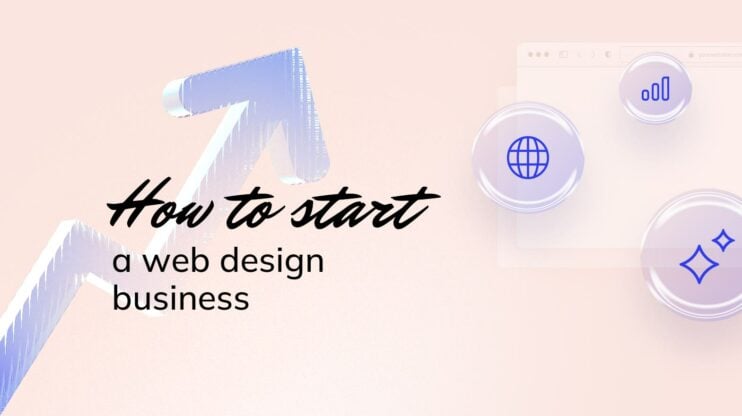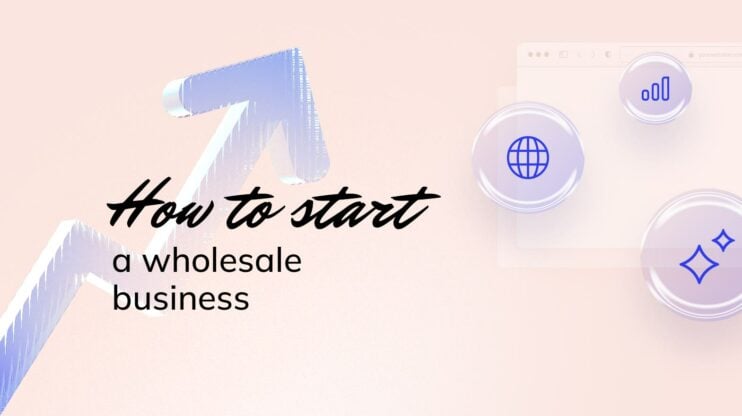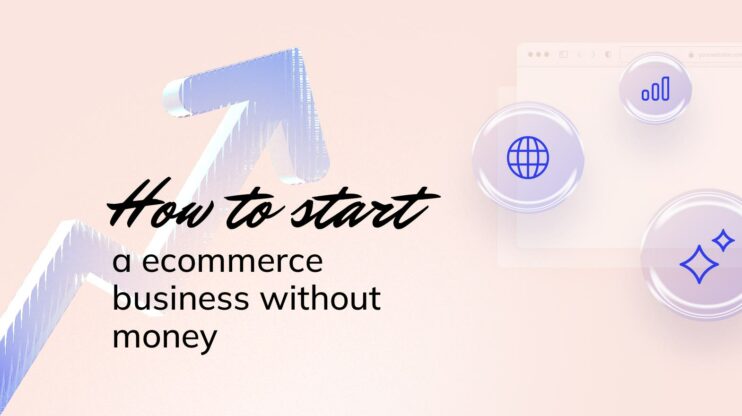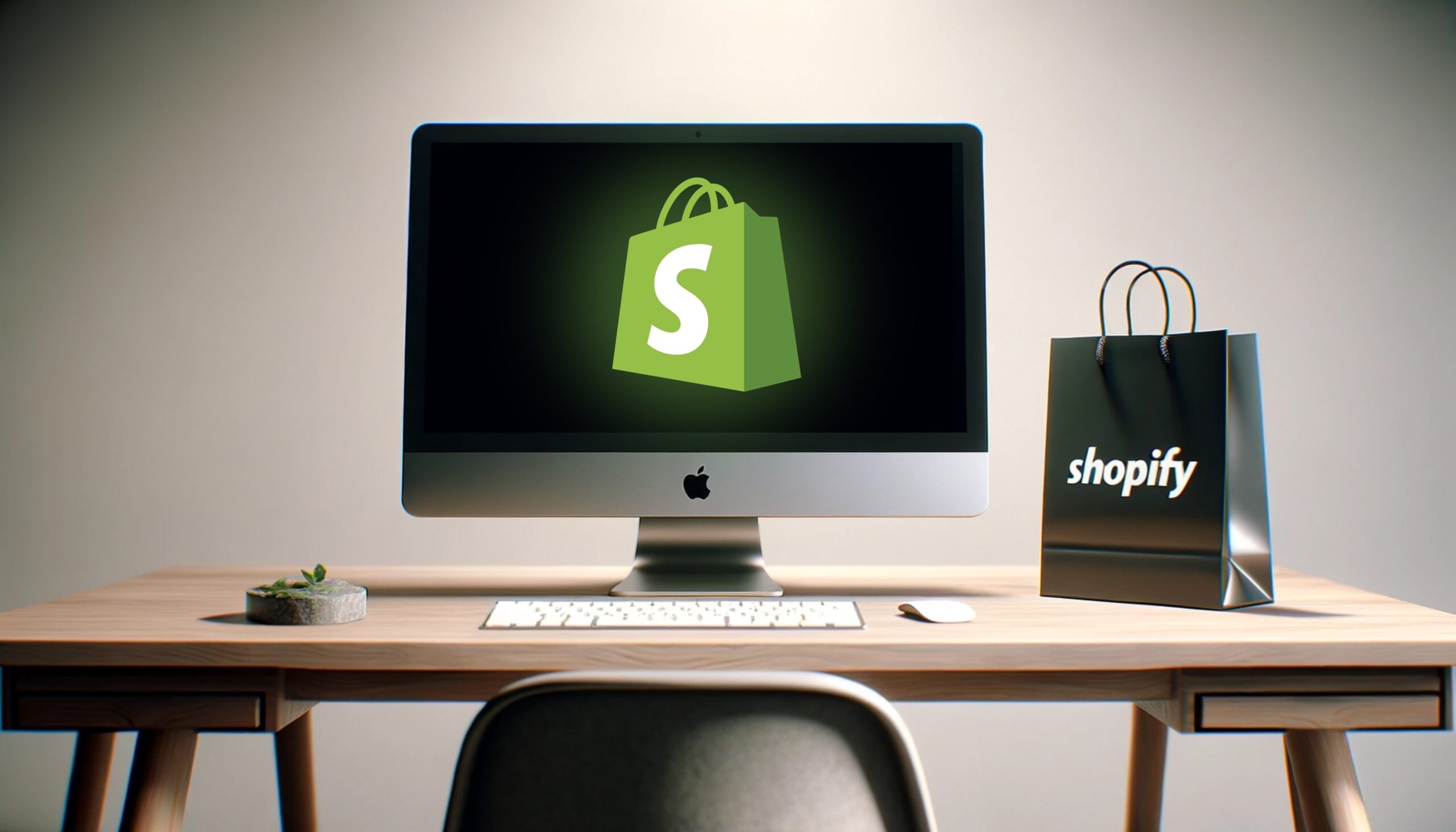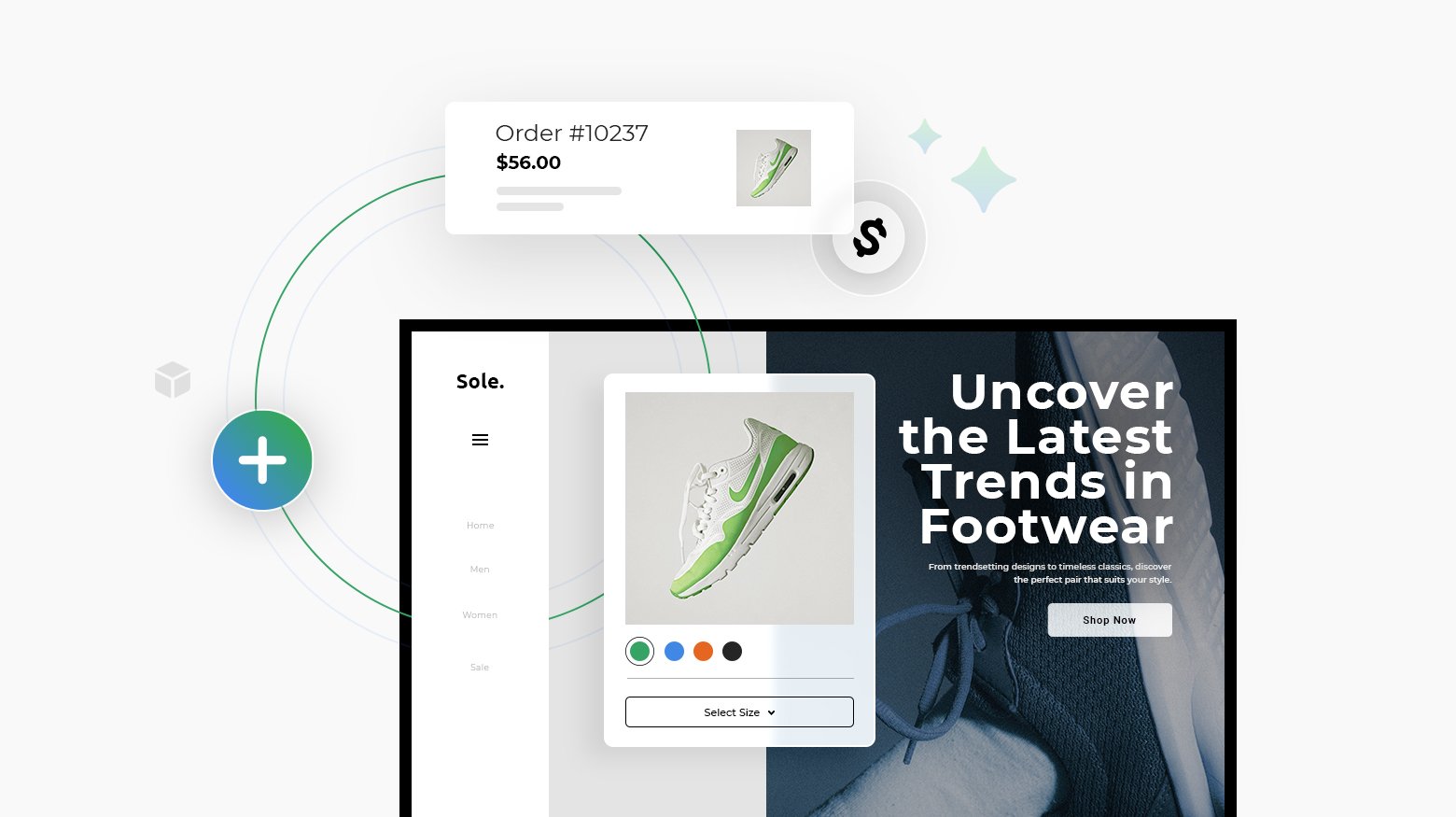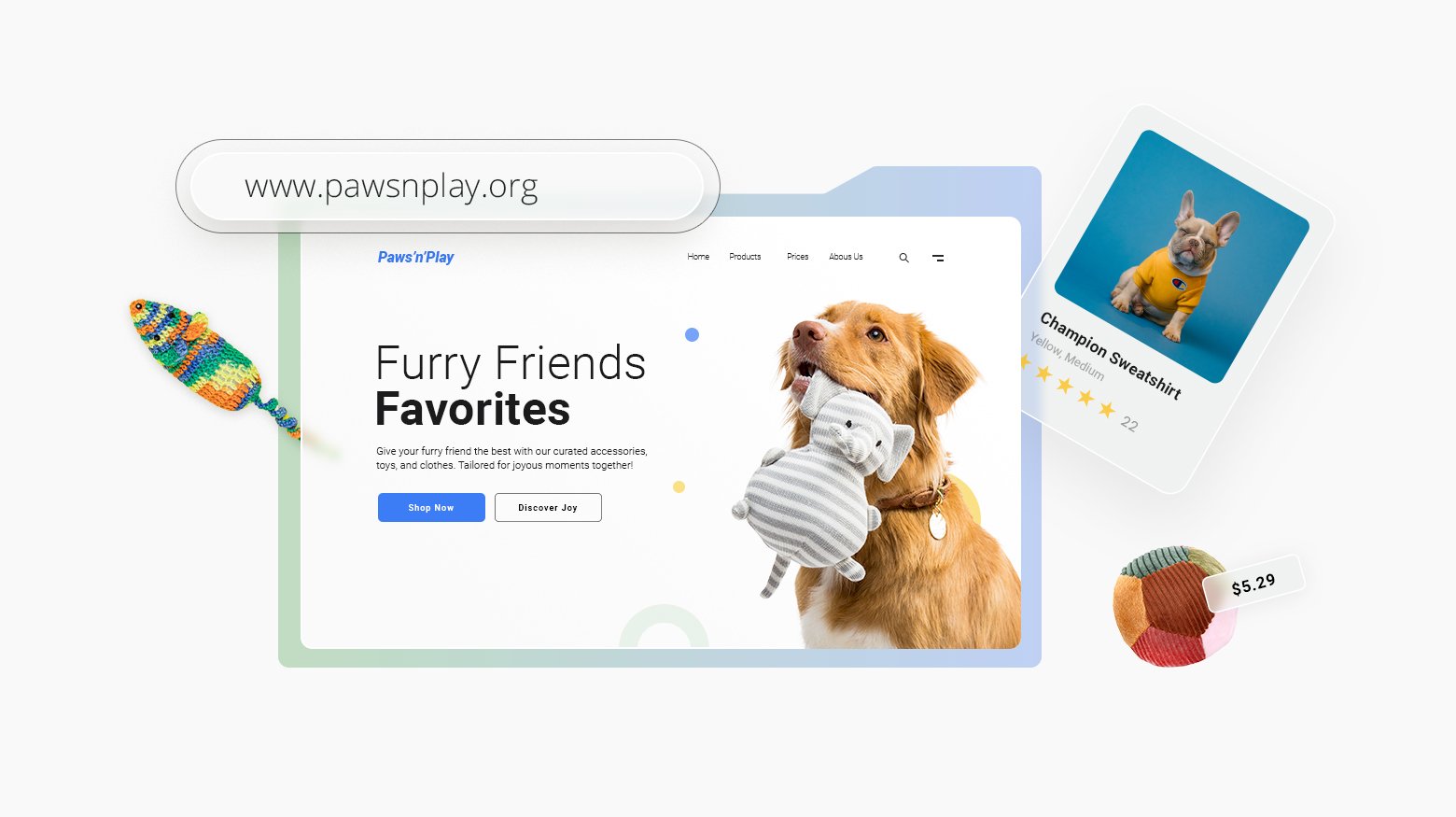Starting a shoe business can be a rewarding venture for aspiring entrepreneurs. This guide provides easy steps for beginners, covering everything from market research and business planning to sourcing materials and marketing strategies. By following these practical tips, you can successfully launch and grow your own shoe brand.

FAQ
How profitable is a shoe business?
How much does it cost to start a shoe business?
How to start a shoe line with no money?
- Crowdfunding: Launch a campaign on platforms like Kickstarter or Indiegogo to raise funds.
- Pre-orders: Sell shoes on a pre-order basis to generate initial capital.
- Partnerships: Collaborate with manufacturers or designers who may offer deferred payment terms.
- Grants and loans: Look for small business grants or low-interest loans.
- DIY approach: Start small by customizing and reselling existing shoes.
Is selling shoes a good business?

Looking to sell online?
Create your custom online store in minutes with 10Web AI Ecommerce Website Builder and take your business online.
Stage 1: Prerequisites to starting your shoe business
When you are trying to start a business, it is important to consider prerequisites that are essential factors to making your business successful. First, try to understand the shoe market, the legal requirements associated with it, and how you are going to finance your business.
Step 1: Understanding the footwear market
Before you launch your shoe business, it’s crucial to understand the footwear market. Start with market research to identify current trends, consumer preferences, and potential niche markets. This research will help you pinpoint what types of shoes are in demand, whether it’s athletic footwear, casual wear, or high-end fashion shoes.
Analyze your competitors to see what they’re offering and identify gaps in the market. This can give your business a unique selling proposition (USP). You should also consider the target audience, such as age, gender, and lifestyle. Understanding your customers’ needs will allow you to tailor your shoe designs and marketing strategies effectively.
Step 2: Legalities and structures
When starting a shoe business, it’s crucial to choose the appropriate business structure and navigate legalities like registration and trademarks. These steps help protect your brand and ensure compliance with local laws.
Choosing the right business structure
Selecting the right business structure is a foundational decision. The primary options include sole proprietorship, limited liability company (LLC), and corporation.
- Sole proprietorship: This is the simplest form. It’s easy to set up and gives you complete control, but it doesn’t offer personal liability protection.
- Limited liability company (LLC): An LLC provides liability protection, meaning your personal assets are shielded from business debts. It also allows for flexible management structures.
- Corporation: Corporations offer the most protection. Shareholders are not personally liable for business debts. However, they are more complex and costly to establish.
Consider factors like liability, taxation, and administrative requirements when choosing.
Business registration and trademarks
Registering your shoe business is essential. This process varies by location but typically includes checking business name availability, filing the necessary paperwork, and paying a registration fee. You can use 10Web’s AI Business Name Generator, specifically for a shoe brand, to generate your business’s unique name. You will also be able to quickly check whether the business name is available and get your desired domain for it.

- Confirm business name: Ensure the name you want is available and not already taken by another business.
- Register your business: Depending on your chosen structure, you may need to register at the state level. An LLC or corporation usually requires more formal registration compared to a sole proprietorship.
- Obtain licenses and permits: Research local requirements for any additional licenses or permits you might need.
Trademarks protect your brand name and logo. Registering a trademark with the United States Patent and Trademark Office (USPTO) can prevent others from using similar marks and helps establish your brand’s identity.
Step 3: Funding your business
Funding your shoe business is crucial for covering startup costs and securing the necessary resources to grow. You’ll need a solid plan to calculate expenses and attract investors.
Calculating startup costs and financial projections
Understanding your startup costs is the first step. List all possible expenses:
| Expense | Estimated Cost |
| Product manufacturing | $10,000 – $50,000 |
| Marketing and advertising | $2,000 – $10,000 |
| Website and ecommerce | $1,000 – $5,000 |
| Operations and logistics | $5,000 – $20,000 |
After estimating these costs, create financial projections. Project your revenue, expenses, and profits for the first few years. This will help you understand how much funding you need and when you expect to break even. Use simple budgeting tools or software to keep track of these numbers, ensuring accuracy in your projections.
Seeking investors and securing funding
Once you know your funding requirements, start seeking investors. Here are some steps to follow:
- Prepare a business plan: Make sure it includes your financial projections and a compelling pitch about why your shoe business will succeed.
- Identify potential investors: Look for individuals or companies interested in fashion or retail.
- Network: Attend industry events and join entrepreneur groups to meet potential investors.
- Pitch your business: Highlight the unique aspects of your shoe line and market potential.
You can also consider other funding options like bank loans, crowdfunding, or small business grants. Each option has its benefits and requirements, so research thoroughly to find the best fit for your business needs.
Step 4: Designing your shoe line
Designing your shoe line involves understanding fashion trends and taking inspiration from various sources. You’ll need to create innovative concepts that resonate with your target audience.
Fashion trends and design inspiration
Understanding current fashion trends is crucial when designing your shoe line. Look at what’s popular in the fashion industry right now. Follow fashion blogs, magazines, and influencers to stay up-to-date. Pay attention to seasonal trends and timeless styles that never go out of fashion.
Sources of inspiration can include nature, architecture, and art. Visiting fashion shows and exhibitions can provide fresh ideas. Keep a sketchbook or digital folder for collecting and organizing your inspirations. This will help you develop a unique and cohesive design philosophy.
Concept development and design innovation
When developing concepts, think about your target audience. What do they value in shoes? Combine practical features with appealing aesthetics. Decide on materials, colors, and textures that align with your brand’s identity.
Innovation is key. Experiment with new materials or sustainable options. Use technology to create ergonomic and comfortable designs. Prototyping and gathering feedback is essential. Create mock-ups and sample designs, then test them with potential customers to refine your final products.
By focusing on trends and innovation, you can design a shoe line that stands out in the market.

Looking to sell online?
Create your custom online store in minutes with 10Web AI Ecommerce Website Builder and take your business online.
Stage 2: Crafting a business plan and establishing presence
When starting a business, having a solid business plan and a business model is what drives it to success. So, once you understand the market, come up with a business plan you can follow, establish an online presence by creating a website, and build you brand identity.
Step 1: Developing a solid business plan
A solid business plan is essential for any successful shoe business. Begin by outlining your business goals, mission, and vision. Next, detail your product line, including the types of shoes you plan to sell and the materials you will use. Make sure to include a section on your target market and how you plan to reach them.
Plan your finances carefully. Calculate startup costs, including design, manufacturing, marketing, and distribution. Project your sales and revenue for the first few years. Additionally, think about funding options. Will you use personal savings, loans, or seek investors?
Your business plan should also cover your marketing strategy. Use social media, online stores, and local events to promote your brand. A well-thought-out business plan will guide your actions and help attract potential investors.
Choosing a business model
Choosing the right business model is another key step in starting your shoe business. There are several models to consider, such as brick-and-mortar, ecommerce, or a hybrid approach.
- A brick-and-mortar store offers a physical location where customers can try on shoes. This model works well in high-traffic areas and allows for personal customer interactions.
- An ecommerce model focuses on selling shoes online. This option has lower overhead costs and the potential to reach a global audience. Setting up an online store also provides the convenience of shopping from home.
- A hybrid model combines both. You can have a physical storefront while also selling online. This approach maximizes your reach and meets the needs of different customer preferences.
Consider the pros and cons of each model and choose one that aligns with your business goals and target market.
Step 2: Establishing your online presence
To successfully start a shoe business, creating a strong online presence is crucial. You need to launch an ecommerce platform and optimize your online sales to attract and retain customers.
Launching an ecommerce platform
First, choose the right platform for your online shoe store. 10Web AI Website Builder makes this process easy and quick. With easy and quick steps, you will be able to generate your website quickly and easily.
- Go to 10Web.io
- Click on Generate Your Website using the option which uses AI.

- Then, start by selecting your website type and business category.

- Input your company name and a brief description.

- Add the products and shoe categories you are going to sell.
- And then click Finalize.

Once you complete these steps, you will need to wait a couple of seconds so that the AI can generate your shoe website.
Once your website is generated, you can customize it using a drag-and-drop editor. Modify text and images with the builder to match your brand identity. 10Web integrates with WooCommerce, efficiently setting up your online store’s features and functionalities.
This includes product listings, shopping carts, and payment gateways. By using 10Web, your ecommerce site is SEO optimized, which helps improve your search engine ranking.
Optimizing online sales
To boost your sales, focus on enhancing customer experience and engagement. Implement clear and high-quality product photos. Use detailed product descriptions that highlight the features and benefits of your shoes.
SEO optimization is key to driving traffic to your store. 10Web provides SEO suggestions and tools to help you rank higher on search engines. Make sure your website is mobile-friendly as many customers shop on their phones.
Offering various payment methods can also increase sales. Integrate secure options like credit cards, PayPal, and other popular payment gateways. Lastly, regularly update your site with new products and promotions to attract repeat customers.
Step 3: Building your brand identity
Establishing a strong brand identity helps you stand out in the competitive shoe market. It involves developing a compelling image and making sure your visuals and values align with your target audience.
Creating a compelling brand
Your brand should reflect the personality and values that resonate with your audience. Start by researching your niche and understanding what makes your customers tick. What are their preferences, interests, and needs?
Next, craft a clear mission statement and identify the unique qualities of your shoes. Highlight what sets you apart – whether it’s sustainability, unique design, or comfort.
Use these insights to develop a voice and style for your brand. This voice should be consistent across all communication channels, from your website to social media posts. This consistency helps build trust and recognition.
Designing a logo and color scheme
Your logo and color scheme are key elements of your brand identity. A memorable logo conveys professionalism and makes your brand easily recognizable.
When designing your logo, consider simplicity and relevance. The design should be clear and scalable so it looks good in different sizes and formats. Avoid overly complicated symbols or fonts, as they can be hard to read or replicate.
Colors play a huge role in branding. Choose a color scheme that aligns with your brand’s personality and is appealing to your target audience. For example, bright colors might appeal to a younger crowd, while earthy tones can indicate sustainability.
Create a color palette that includes primary, secondary, and accent colors. Use this palette consistently across all your branding materials, ensuring that your logo and visuals are cohesive.
By focusing on these elements, you create a strong and appealing brand identity that leaves a lasting impression on your customers.
Step 4: Manufacturing and sourcing
Choosing the right manufacturers and sourcing quality materials are critical steps in starting a successful shoe business. You also need to oversee production and maintain strict quality control to ensure your shoes stand out in the market.
Partnering with the right manufacturers
Finding dependable manufacturers is one of the most crucial steps. Look for manufacturers with a proven track record in the shoe industry. It’s essential to evaluate their capability, reliability, and quality standards. Start by asking for samples and visiting their facilities if possible.
A good partnership can help you scale your business effectively. Make sure to communicate your shoe designs clearly and set expectations regarding deadlines and quality. Contracts should cover important details such as cost, production time, and quality standards to avoid misunderstandings.
Sourcing quality materials
The materials used in your shoes greatly impact their quality and customer satisfaction. Identify suppliers who can provide high-quality materials consistently. You might need leather, fabric, rubber, or synthetic materials depending on your shoe designs. Make sure these materials meet the necessary standards for durability and comfort.
Build strong relationships with your suppliers to ensure timely deliveries and negotiate better prices. Don’t compromise on material quality as it can affect your brand reputation. Regularly review your suppliers’ performance and be open to exploring new suppliers to find the best quality materials.
Overseeing production and quality control
Monitoring the production process closely is essential for maintaining high standards. Implement a robust quality control system to identify and address issues promptly. This involves checking raw materials, monitoring production stages, and inspecting final products for any defects.
Regular factory visits can help ensure that the manufacturing process follows your specified standards. Train your team to spot and rectify flaws early in the production cycle. By staying proactive, you can reduce waste and ensure that your customers receive top-quality shoes consistently.

Looking to sell online?
Create your custom online store in minutes with 10Web AI Ecommerce Website Builder and take your business online.
Stage 3: Create a marketing strategy and reach the right audience
Now that you have your business plan and have established an online presence, you will need to start marketing your shoe business to reach the right audience and decide on the sales and distribution channels.
Step 1: Crafting a marketing plan
To successfully launch your shoe business, you need a well-planned marketing strategy. This ensures your products reach the right audience and boosts your sales.
Utilizing digital marketing strategies
Digital marketing is crucial. Begin by creating a clean, user-friendly website. Make sure it highlights your shoe products with high-quality images and detailed descriptions. Use SEO techniques to rank your site higher on search engines. This helps potential customers find you easily.
Email marketing is another essential tool. Collect email addresses through your website and send out regular newsletters. Offer exclusive promotions to keep customers engaged.
Consider pay-per-click (PPC) advertising. Platforms like Google Ads can drive traffic to your site. Set a budget, choose relevant keywords, and monitor your campaign for effectiveness.
Engaging through social media marketing
Social media platforms are perfect for reaching your audience. Start by setting up profiles on Instagram, Facebook, and Pinterest. Share eye-catching photos of your shoes and behind-the-scenes looks at your brand.
Run targeted ads on these platforms. Facebook Ads lets you specify demographics, interests, and even behaviors. This ensures your ads reach the most potential buyers.
Engage with your followers by responding to comments and messages quickly. Host giveaways and contests to increase engagement and followers. Use hashtags related to your shoe products to boost visibility.
Collaborate with influencers in the fashion industry. They can help promote your shoes to a broader audience. Always track the performance of your posts and ads to see what works best.
Step 2: Sales channels and distribution
Choosing the right sales channels and distribution methods is crucial for getting your shoe business off the ground. Understanding wholesale, retail, dropshipping, and print on demand can help you make informed decisions.
Setting up dropshipping or print on demand
Dropshipping is a method where you sell shoes without holding inventory. When a customer orders, you purchase the item from a third party that ships it directly to them. This reduces upfront costs and eliminates the need for storage space. To start, partner with reliable dropshipping suppliers and integrate their products into your online store.
Print on demand allows customization of shoes, where designs are printed only after an order is placed. This option lets you offer unique products with minimal risk. Use ecommerce platforms that support print-on-demand services and ensure quality by testing samples.
Both methods require strong ecommerce platforms and effective marketing strategies to drive traffic and sales.
Step 3: Managing inventory and fulfillment
Managing your inventory ensures you have the right products available, while efficient fulfillment ensures timely delivery to customers. Focusing on these areas will help maintain customer satisfaction and business success.
Effective inventory management
- Track inventory levels regularly: Use inventory management software to keep track of your stock levels. This helps you know what items are selling well and which ones need restocking.
- Maintain a balanced stock: Avoid overstocking or understocking. Overstocking ties up capital and can lead to waste, while understocking can result in missed sales. Analyze sales data to forecast demand accurately.
- Organize your storage: Keep your warehouse or storage area organized. Label shelves clearly and group similar items together. This makes it easier to find products quickly.
- Perform regular audits: Conduct routine inventory audits to verify physical stock against your records. This helps identify any discrepancies and prevent losses due to theft or errors.
- Implement a reorder system: Set up a system to automatically reorder items when stock levels fall below a certain point. This ensures you never run out of popular products.
Streamlining shipping and handling
- Choose reliable shipping partners: Partner with dependable shipping companies to ensure timely and safe delivery of your products. Compare rates and services to get the best value.
- Automate shipping processes: Use shipping software to automate order processing and label printing. This reduces manual errors and speeds up the fulfillment process.
- Package products properly: Use sturdy boxes and packing materials to protect shoes during transit. Proper packaging minimizes the risk of damage and returns.
- Offer multiple shipping options: Provide customers with various shipping options, including standard, expedited, and free shipping for orders over a certain amount. This flexibility can improve customer satisfaction.
- Track shipments: Provide tracking information to customers so they can monitor their orders. This transparency builds trust and helps prevent delivery issues.
- Handle returns efficiently: Establish a clear returns policy and process. Make it easy for customers to return or exchange products, as this can enhance their overall shopping experience.
Step 4: Pricing and profits
When starting a shoe business, developing a competitive pricing strategy and understanding profit margins are crucial. These factors can greatly affect your overall success and how you stand out in the market.
Developing a competitive pricing strategy
Setting prices for your shoes requires balancing several factors. Research prices from your competitors and understand what they offer at different price points. Consider your target market and what they are willing to pay for quality and style.
Analyze the cost of production, including materials, labor, and overheads. Don’t forget to include logistics and marketing expenses. Setting a price too high might turn customers away, while pricing too low can hurt your profits.
Use tiered pricing for different shoe lines. For example, have a budget-friendly, mid-range, and premium line. This caters to various customers and maximizes your reach.
Understanding and maximizing profit margins
Profit margin is the difference between the cost to make your shoes and the price you sell them for. To keep your business healthy, aim for a high profit margin while keeping prices competitive.
Track all your costs accurately. This includes both variable costs (like raw materials) and fixed costs (like rent). Calculate your break-even point to know how many shoes you need to sell to start making a profit.
Consider ways to reduce production costs, such as bulk purchasing materials or negotiating better rates with suppliers. Efficient inventory management can also ensure you aren’t overproducing or holding too much stock.
Look for value-added services or products you can offer. This could include custom designs, faster shipping, or care products for shoes, which can increase your profit margins without substantially raising prices.

Looking to sell online?
Create your custom online store in minutes with 10Web AI Ecommerce Website Builder and take your business online.
Opening your doors
Starting a shoe business involves more than just creating a product line; it requires careful planning for your store’s physical presence and launching operations effectively. Here’s how to make informed decisions about your location and get everything ready for customers.
Choosing a physical location
Picking the right spot for your shoe store is crucial. Start by researching popular shopping areas in your city. Locations with high foot traffic, such as malls and busy streets, attract more customers. Consider your target market and find a place where potential customers already shop.
Evaluate the competition. Visit nearby stores to understand what they offer and how you can differentiate your brand. This helps you find gaps in the market and tailor your offerings accordingly.
Check the lease terms and ensure they fit your business budget. Some places might offer better rates if you sign a longer contract. Make sure the space has enough room for stock, displays, and customer movement.
Launching operations
Once you have your location, it’s time to set up your store. First, design an inviting layout. Arrange shelves and displays to highlight your best products. Keep the space organized and easily navigable.
Hire and train staff to provide excellent customer service. Knowledgeable employees who understand your product line can greatly enhance the shopping experience. Provide them with training on how to handle inventory, sales transactions, and customer inquiries.
Next, set up your point of sale system (POS). Opt for a system that integrates with your inventory management. This helps you track stock levels and sales in real-time.
Plan a grand opening event to attract attention. Offer promotions or discounts to draw in shoppers. Use social media and local advertising to spread the word. This builds excitement and drives traffic to your new store.
Conclusion
Starting a shoe business requires careful planning, dedication, and strategic execution. By following the steps outlined in this guide, from market research to marketing, you can turn your vision into a successful reality. Stay committed, adapt to changes, and focus on delivering quality products to build a thriving shoe brand.













